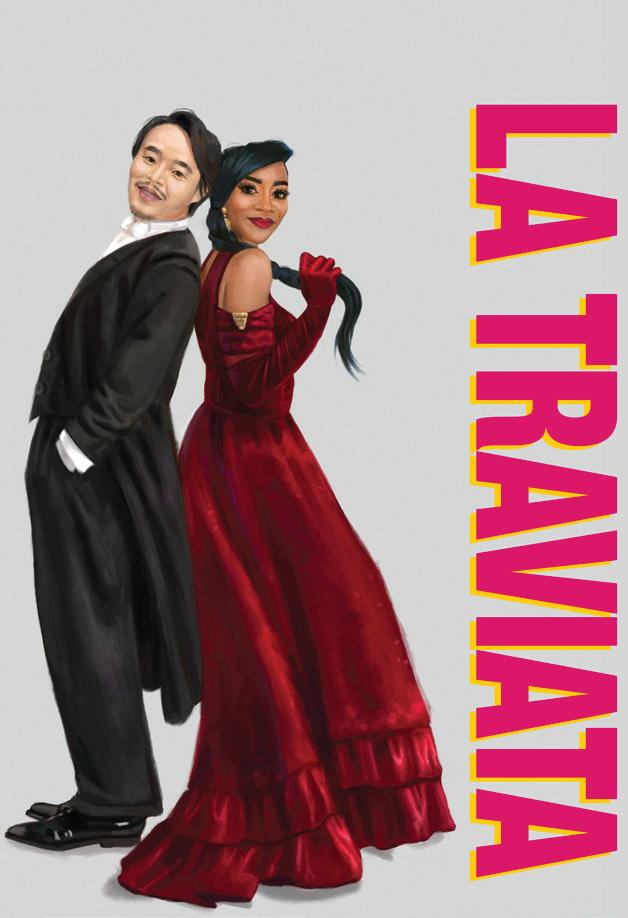
11 minute read
Dominion Energy Center
time there — because they had this great gift for spotting interesting people and finding unheard stories that needed to be told.
I also wrote (too) many stories that were quirky, goofy or just ridiculous. These are seven of my favorite headlines:
7. Cut to the Heart: Women Lead Men in City Stabbings
February 10
February 12
March17
March 19
Richmond was the South, and I was just so curious about it. I thought Sally Bell’s box lunches were the best thing ever. I was fascinated by the city’s history and by the variety of people’s experiences. I was also young and naïve, and so it took me a long time to learn all the ways Richmond’s charms concealed its crimes.
I feel like the 2000s were a time of transition for Richmond. The city had long had this reputation as a sleepy, backwater town where nothing happened, and now things were happening. Richmond had visionary artists, and exciting restaurants, and ambitious development plans. And it was beginning to reckon with its past.
During my first stint at Style, its offices were in a crummy building on Summit Avenue, back when Scotts Addition was still industrial. I’m amazed now at the size of the staff: there were probably 25 people or more. Greg Weatherford and Jason Roop were the editors, and Brandon Walters was the other full-time reporter. They all were great mentors: Brandon, especially, knew everything about Richmond. Also, she zipped all over town on a scooter, which was very daring and cool. I drove a moldy ’94 Saturn, which was not.
I fell in love with our copy editor, Rozanne Epps, who was this brilliant and hilarious octogenarian in red glasses. I’ll never forget the time she found the word “polyamory” in a cover story I wrote. It wasn’t in the AP Stylebook, so she called the Richmond Public Library reference desk to find out if it should be hyphenated.
For a young reporter, the best thing about Style is that there were no beats. You could write about anything, and so I did: I covered arts, education, nonprofits, the environment, crime, courts, City Council and the General Assembly. I would talk to anyone. I loved going out with Style’s photographers — Stephen Salpukas and Scott Elmquist, for most of my
6. Dirty Dollar-Sign Vandal Haunts Museum District Home
5. Hark! The Marty Jewell Sings
4. The Quest for the 100-Pound Catfish
3. Love Among the Thickburgers
2. Henricocalypse
1. Attack of the Cat-Faced Liquor Thieves
Chris Dovi

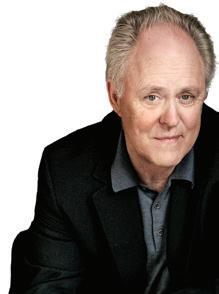
REPORTER: 2006- 2010
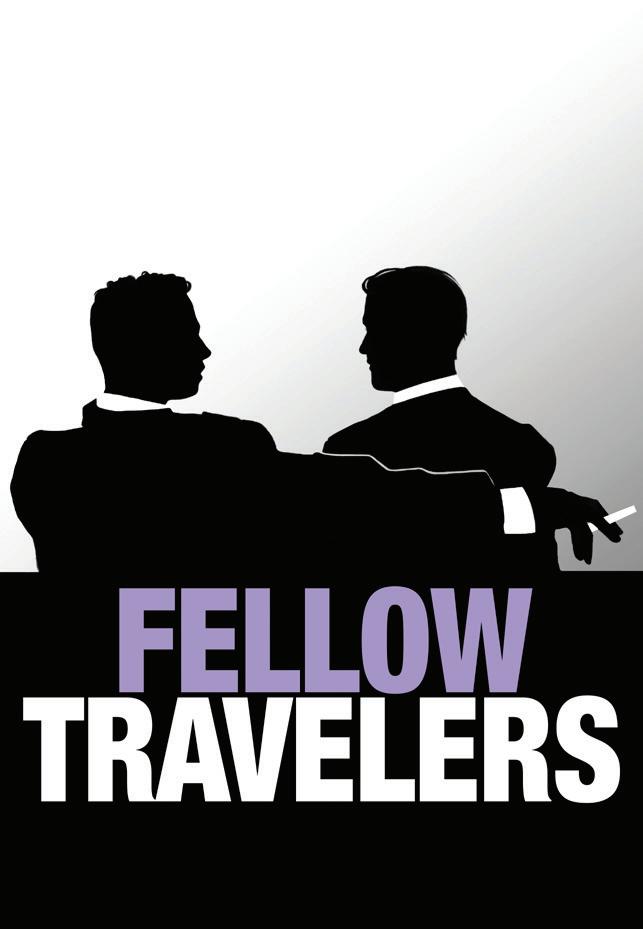
When I joined the Style Weekly staff sometime in the summer/fall of 2006, I certainly wasn’t hired to be an education reporter. It wasn’t even encouraged that I report on schools when I took the job. But I’d begun my career at the Hanover Herald-Progress in 1998 as an education reporter, and I’d continued that during my tenure at the Times-Dispatch, where I ... well, technically where I wasn’t an education reporter, either.
But it’d always been my view that if you’re really looking for where government meets people where it can really hurt, it’s on the education beat. Where things usually look rosy – cute stories about kids doing cute things, cutely - but where few people realize most of their local tax dollars go. Nearly half of them, in the case of many localities. So it’s a damn important beat to keep an eye on.
At Style, I wasn’t shocked to find tepid interest from my editors in the schools beat. Richmond’s coverage of education had eroded over the years, and not only tracking with the slow, lurching death of the RT-D, which had already folded most of its education reporting under the local government reporter’s beats, even before they began their seemingly monthly binge-purge of their newsroom staff. As such, it was a particularly fertile field - an area of government and spending that’d gone largely ignored and unmonitored for a good few years.

But it still took a hot minute to convince my editors. I recall at one point, even as I was breaking what turned out to be big stories - expulsion scandals, ADA compliance issues, abuse of special education regulations that allowed RPS administration to disproportionately “diagnose” hundreds of Black boys as “mentally retarded” in spite of no medical diagnosis - my editors quietly informed me that I would be allowed only one schools-related story per issue.
Then came Sept. 22, the night that then-Mayor Doug Wilder launched his precision assault on Richmond Public Schools, attempted with a force of more than 100 police officers, dozens of rented moving trucks, and the city’s Emergency Operations Command truck, to evict the city’s school board.
I was the first reporter on scene – I’d gotten a tip that something was up and that I might want to swing by on my way home. Sure enough, the phalanx of moving vehicles and police riot vehicles began encircling City Hall just as I arrived. I immediately called my editor, Scott Bass, who’d taken the day off with his kid to go to Paramount’s Kings Dominion. Breathlessly, I told him it was on. He didn’t initially believe me.
But it turned into a nearly endless night during which he and I teamed to provide hour-by-hour coverage - me phoning in dispatches. In between, I nearly provoked the unlawful arrest of most of the reporters on scene after I cajoled Paige Mudd, now managing editor of the RT-D, Jeremy Lazarus from the Richmond Free Press, and a citizen activist that it wasn’t legal for police to prevent us from entering City Hall to attend the emergency School Board meeting being held on the 18th floor.
By the end of the night, I was not only running news updates back and forth to Style’s [then] Scotts Addition headquarters on my Vespa, but I was also tasked by the other reporters
(stuck because of their dependency on cars) with procuring beer. Which we drank on the steps of John Marshall’s house across from City Hall while awaiting the arrival of an armed force of sheriff’s deputies deployed by Richmond District Judge Spencer to force the police officers under the authority of Wilder to stand down. It was a surreal and anticlimactic moment well after midnight (and after at least four or five PBRs) when police stepped aside and allowed the judge’s order to be executed.
But it was only the beginning of some of the most exciting schools reporting I’d ever done. FOIA requests initiated by me revealed all sorts of byzantine double-crosses between Wilder and his staff and Superintendent Deborah Jewell-Sherman and members of her staff.
Even after it all, I remember a phone call from Paul Goldman, Wilder’s former political hustler/chief of staff and longtime Virginia political wheeler-dealer, where he insisted in his thick New York whine, “Nobody caaares about schools. Nobody. It’s a political non-starter and nobody will ever run a campaign for mayor on schools.”
Lo and behold, as Wilder’s tenure came to a lurching and fraught end, the campaign to replace him - pitting eventual winner Dwight Jones against City Council President-cum Wilder’s arch-enemy Bill Pantele, an army of other wannabes and - not at all ironically, Paul Goldman, schools and the business of Richmond Public Schools was front and center.
2010s
Toni McCracken
A lot of credit needs to go to Ed Slipek. He’s so positive and such a joy to work with. Everyone knows and respects him. People want Ed’s ear. He was responsible for so many solid relationships we had in the community. He and Scott Elmquist and Brent [Baldwin] worked really hard to build relationships. There have been a lot of people who have given their hearts and souls to that place. Ed is someone who deeply, deeply cared about the publication. Scott would roll out in the middle of the night to make sure we had good pictures. Brent kept it together at the end by the skin of his teeth. He deserves a lot of credit for it being picked up and not dying.
We were rolling along pretty well until COVID hit. There were fewer and fewer people there, until it got down to just me and one other person. Obviously, two people aren’t going to sell as much. Earlier we had up to seven sales people.
Style is like the “Saturday Night Live” of local media. It’s the place people started. People like Jonah Holland, Jessica Haddad, Jay Paul, Richard Foster, Greg Weatherford, so many people. Now at Virginia Business, out of a staff of 13, five of us started out at Style. It’s interesting the impact that little magazine has had on the media world of Richmond. It is strong …
Brent Baldwin
MUSIC EDITOR: 2006-2010
ARTS AND CULTURE EDITOR: 2010-2017
EDITOR-IN-CHIEF/EDITOR(VPM):
2017 TO CURRENT
By the time I had taken over the editor’s chair, the writing was on the wall in terms of journalism undergoing a major shift to some new paradigm, for many reasons. Traditional print media has been under siege for years now, partly due to technological changes with how people consume media, but primarily because of online monopolies gobbling up the lion’s share of ad revenue with more targeted advertising -- thanks to all the personal info we continually provide them so they can market us, the product.
This is when the hedge fund vultures begin to circle above, treating journalism like just another industry to be squeezed of any remaining dollars, rather than as a critical resource and tool for a functioning democracy. Things got bumpy: Style was included in the 2018 purchase of The Virginian-Pilot by Tribune Media, then still going by the regrettable name, Tronc (which someone once described as the sound of an elephant’s orgasm). This is when our day-to-day operations really began changing.
Lori Waran, our publisher, had been responsible for innovative ad campaigns and Style’s big annual events in Richmond, which got our name out there in the public. But Tribune did away with most of our events and outreach, while Lori had to start overseeing other Virginia publications in addition to Style. We had only a couple salespeople left and they did a great job, but with no editorial staff, we couldn’t cover nearly as much as we wanted to. Sadly, our plans to update our woefully old website were also scrapped by Tribune, who froze spending.
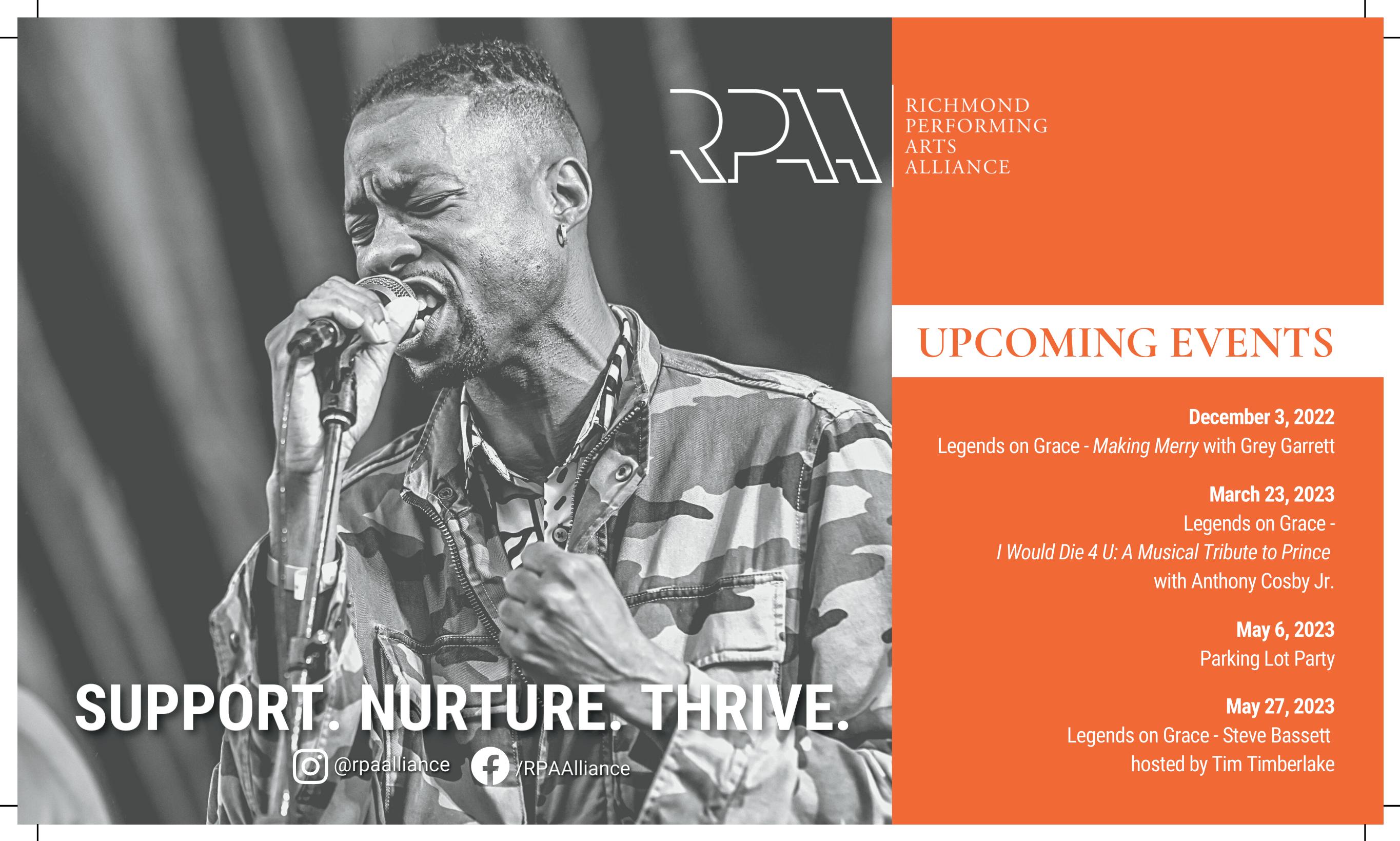
The mantra I’ve probably experienced the most over the past 26 years working in journalism has been: “Do more with less.” Not having any fulltime news reporters really changes the trajectory. By this point, you could say Style was beginning to focus on arts and culture and food, as well as the back opinion page, which really was an outlet for different community voices. Ever since then, we’ve relied heavily on a revolving stable of local freelance writers: Folks like Eddie Slipek, Rich Griset, Don Harrison, Karen Newton, Peter McElhinney, Mary Scott Hardaway, Leah Small, Carol Wolf, David Timberline – newcomers Davy Jones, Wyatt Gordon and Chuck Bowen – the list is always expanding and contracting, as people come and go.
Then, just when we were getting used to Tribune’s new bureaucracy, it was sold in May 2021 for $600 billion to Alden Global Capital, a New York hedge fund roundly feared in journalism circles for cutting costs and eliminating editorial jobs, all in the name of “saving journalism.” They lived up to the hype from day one, immediately offering buyouts to editorial staff across the company, including Style
The four of us who were left said no to the buyouts, deciding to roll the dice. That’s when I started searching on my own, outside of work, to find a local buyer who might be able to step in and save Style Weekly. We made it through one more hot, wild Richmond summer before being unceremoniously shuttered by Alden in September 2021. At that point, conversations with nonprofit VPM began to ramp up. They had an online news team, and infrastructure that was already in place to fold us into their existing framework. The main difference now is that Style is online only, and we’ve been tasked with focusing on arts, culture and food. The fulltime staff today is just myself and our award-winning photographer, Scott Elmquist, and the cast of local freelancers, though we get some assistance from fulltime VPM employees. We’ve been getting to know the VPM team and figuring out where we can collaborate and how Style can continue to have an impact, as we finish up this 40th year of publishing.
Recently, VPM conducted some in-person focus groups where readers told us how much they missed our print issues and the ease of picking up the paper to learn what was happening. They also want Style to maintain its own independent voice and continue offering alternative viewpoints, or a counterweight to the established daily media. Scott and I were proud to hear that our readers still believed in our original mission.
I just hope that, moving forward, the public will support Richmond media outlets while demanding they do the kind of important, fully developed, investigative journalism that is desperately needed. I hope we don’t forget what that looks like.
Jason Roop
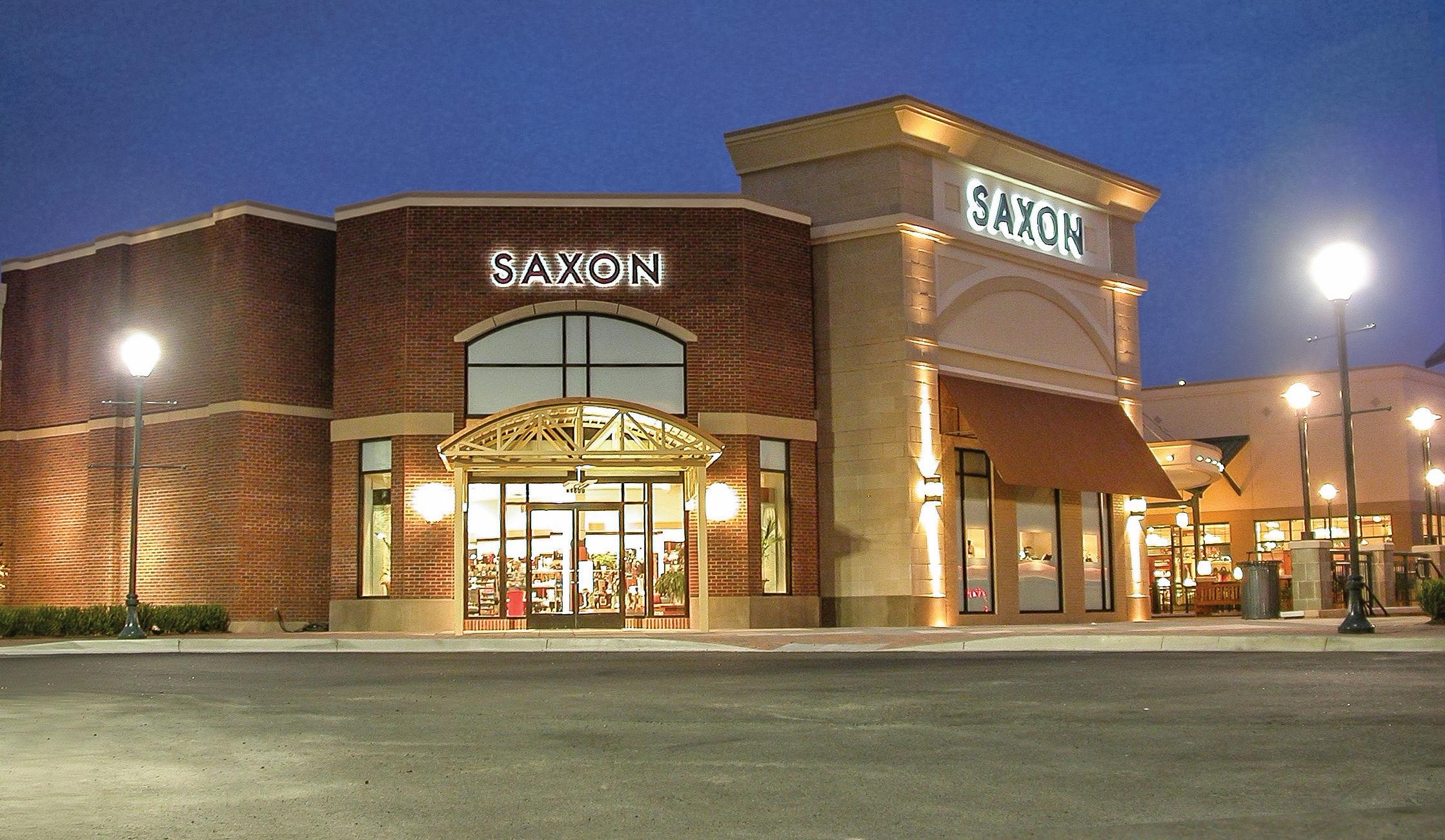
I can’t imagine the stories that are going untold right now in Richmond. A lot of things are happening behind closed doors that we will never know about. The reporters out there working for TV stations and other outlets are doing the best they can. But Style would step in where the prevailing thought might have been -- this is something where everybody is supposed to cheerlead. Like the Performing Arts Center. Just come along with us, because we’re making Richmond better and we know what’s best. And we would ask, “Is this best? If so, why? We would ask them to explain it, we would want to know more details about the financing, what taxpayers would be [on the hook for]. We did this with all kinds of things: the stadium in Shockoe Bottom, Navy Hill, those types of projects.
If you compare [the responses] to Navy Hill and the earlier Performing Arts Center, my sense is that today, there is more pushback for public debate and critical thinking. And I think Style played an important role [over the years] in helping to push for questioning on these kinds of projects involving public money.
Melissa Scott Sinclair
I always was, in my heart, a features writer and not a hard news reporter. So the stories I love best, the ones that have really stuck with me, are the ones about Richmond people and places that are gone. Like Tommie Reavis, a Vietnam vet who owned a barbershop on Brookland Park Boulevard. The window was crowded with cacti, and on the walls were deer heads and a poster from his old band: Tommie Reavis and the Muffins. A chess game was always going, and cigarette smoke was always swirling in the air. Tommie liked to hold forth on Richmond politics, and I liked to listen. He died a few years ago – I saw the cacti turning yellow, and I knew.
In 2012, I wrote “Last Chance High,” about the Performance Learning Centers run by Richmond Communities in Schools. This was a program that intervened when high schoolers were on the verge of dropping out, and got more than 95% of them to graduate.
One student I met was 20-year-old Michelle Kelly. Michelle was pregnant; she had nowhere to live and no one looking out for her. The program staff helped her get on the waiting list for public housing. Michelle was shy, soft-spoken, and an eloquent writer. I remember her radiant smile and quiet determination. “I have a lot of different things I want to do,” she told me.
I was pregnant too, and so I felt this kinship with Michelle. I bought her some onesies with lions on them. I always thought I would follow up with her one day, see how she was doing. Then, in 2014, Michelle was visiting her grandmother on East Roanoke Street when the father of her son showed up. He shot Michelle, her 2-year-old son Keytrell, and her friend Andreena Gary before taking his own life. I don’t know why he did it.
Michelle’s story shouldn’t have ended like that. She should have become a registered nurse, like she planned. Her son should have turned 10 this year, just like my daughter.
When I remember my time at Style, I’m grateful so many Richmonders let me hear and share their stories. But mostly I think of all the stories I never got to tell.
Editor’s note: This oral history was edited and condensed for the special print edition. To read the longer version, visit styleweekly.com.










